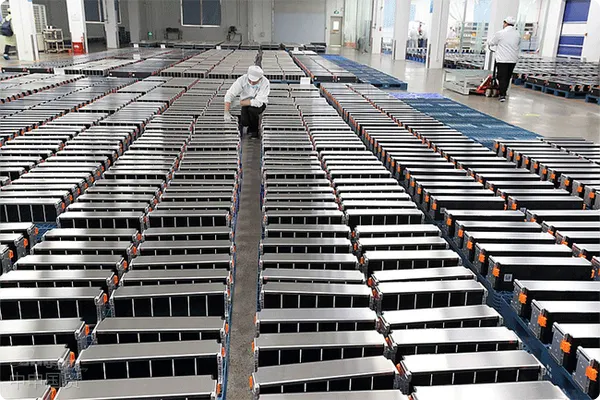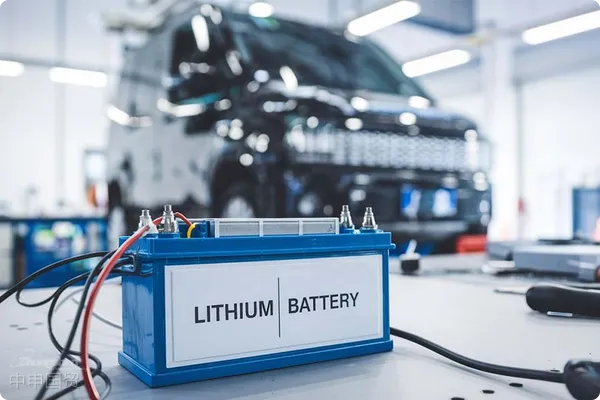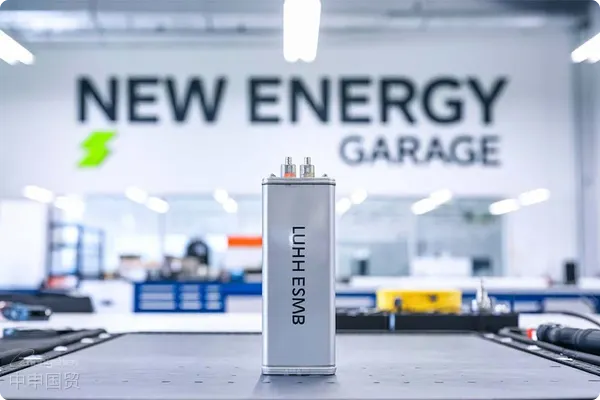- Shanghai Zhongshen International Trade Co., Ltd. - Two decades of trade agency expertise.
- Service Hotline: 139 1787 2118
As the worlds largestNew energyproducer and exporter of automobiles, the international competitiveness of Chinas electric vehicles has received widespread attention. Especially in the United States and Europe, the two largest automotive markets in the world, the restrictive policies on Chinese electric vehicles are significantly different. This not only reflects their respective economic strategies but also affects the global automotive industrys competitive landscape.
I. Differences in Policy Objectives
First of all, there are fundamental differences in the purposes of the EU and the US in restricting Chinese electric vehicles. The EUs main goal is to protect the global competitiveness of its automotive industry and the job market. According to 2023 data, Chinese electric vehicles account for about 25% of the European market, showing their far - reaching influence in the European market. The EU is concerned that this trend will impact the local industry and employment, especially in major automotive manufacturing countries such as Germany. Therefore, the EUs policies are more from the perspective of protecting the local industry and employment, trying to balance the market through trade protection measures.
In contrast, the US strategy is more focused on maintaining its technological leadership and market share in the global electric vehicle industry. Although the direct export volume from China to the US is small, the US government is still alert to the rapid development and low - cost advantages of Chinese electric vehicles. The policies of the Biden administration reflect a broader strategic thinking, that is, to avoid possible market and technological monopolies by restricting the import of Chinese electric vehicles.
II. Differences in Methods
Secondly, there are obvious differences in the methods of restrictive measures taken by the EU and the US. The EUs approach is relatively transparent, using standard trade protection tools such as counter - subsidy investigations. These investigations usually take a long time and involve extensive data collection and analysis to ensure that all measures are implemented within the framework of WTO rules. For example, the counter - subsidy investigation of Chinese electric vehicles is a typical case. After a detailed market impact assessment, the EU may impose higher import tax rates.
On the contrary, the US approach is more inclined to sudden and politicized decisions. The US government often links economic issues with national security issues. For example, it regards Chinas connected electric vehicles as potential security threats. This approach often leads to rapid and direct administrative or legislative actions, such as raising tariffs and implementing new import restrictions, which is not uncommon in the US trade policy towards China.

III. Differences in Policy Tools and Effects
Finally, the policy tools and their effects adopted by the EU and the US are also very different. The EU may impose counter - subsidy duties on Chinese electric vehicles, and the increased tax rate may exceed 20%. In addition, the EU may also consider measures such as restricting import quotas, imposing fines, and restricting access to the public procurement market. Although these measures are severe, there is still some room for market operation and the legitimacy of legal procedures.
The US approach may be more extreme, such as raising tariffs to a very high level or completely banning the import of Chinese electric vehicles based on national security considerations. For example, the Biden administration may consider implementing more stringent measures based on the results of security threat investigations. These measures directly affect the market access and competitive environment of Chinese electric vehicle manufacturers. Especially in the context of technology and raw materials being independent of the US market, these US strategies may have less practical effect in the global market.
In summary, although both the EU and the US are taking measures to restrict the market expansion of Chinese electric vehicles, there are significant differences in their strategies, purposes, and methods. These differences not only affect the international business strategies of Chinese electric vehicle manufacturers but also, to a certain extent, reflect the complexity of the global electric vehicle market competition. When facing these international trade challenges, Chinese electric vehicle enterprises need to flexibly adjust their export strategies and be prepared to respond to regulatory changes in different markets.
Related Recommendations
Category case
Contact Us
Email: service@sh-zhongshen.com
Related Recommendations
Contact via WeChat

? 2025. All Rights Reserved. 滬ICP備2023007705號(hào)-2  PSB Record: Shanghai No.31011502009912
PSB Record: Shanghai No.31011502009912








